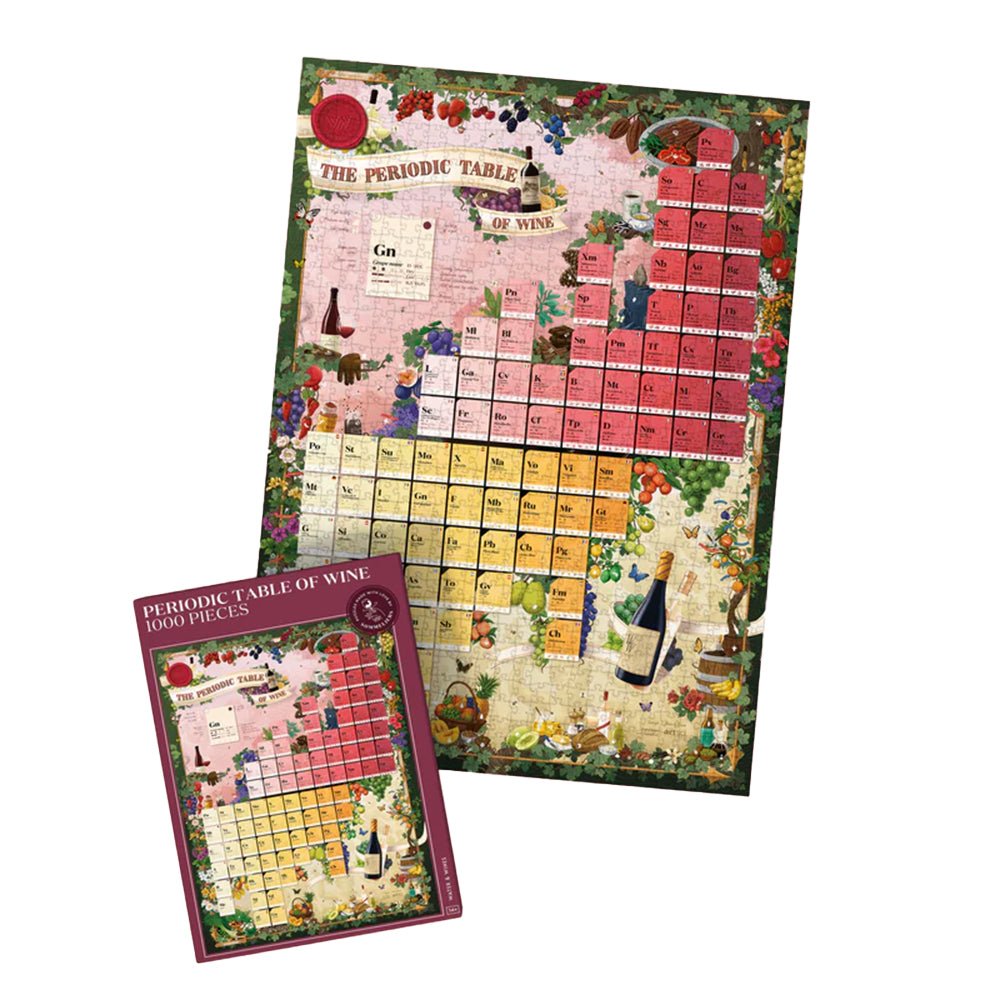Should I Buy Rosé Wine with a Light Colour? Unveiling the Differences
Rosé wine has become increasingly popular in recent years, with its appealing hue and versatility in food pairing. But have you ever wondered about the differences between light-coloured and darker rosés? In this article, we'll explore the various factors that affect rosé wine colour, the differences between light and dark rosés, and whether you should buy a lighter-coloured rosé wine. Let's dive in!
The Factors Influencing Rosé Wine Colour
Grape Variety
The grape variety used in rosé wine production plays a significant role in determining its colour. Some grape varieties naturally produce lighter-coloured wines, while others result in darker hues. For example, Grenache and Cinsault typically produce light-coloured rosés, while Cabernet Sauvignon and Syrah often yield darker rosés.
Skin Contact Time
Rosé wine gets its colour from the grape skins' pigments, which are released during maceration – the process of soaking the grape skins in the juice. The longer the grape skins are in contact with the juice, the darker the resulting rosé will be.
Saignée Method vs. Direct Pressing
The production method can also affect the colour of rosé wine. The saignée (bleeding) method involves "bleeding" off a portion of the red wine juice after a short maceration period, resulting in a darker-coloured rosé. In contrast, the direct pressing method involves pressing the grapes and separating the juice from the skins immediately, producing a lighter-coloured rosé.
Aroma and Flavour Profiles
Light-Coloured Rosés
Light-coloured rosés generally have delicate, floral, and fruity aromas with flavours of strawberry, raspberry, or citrus. They tend to be crisp and refreshing, with a bright acidity that makes them a perfect summer sipper.
Darker-Coloured Rosés
Darker rosés often have more intense, robust flavours and aromas, showcasing red fruit, cherry, and even spicy notes. These wines tend to have a fuller body and a longer finish, making them more suitable for food pairing.
Food Pairing Possibilities
Pairing Light-Coloured Rosés
Light-coloured rosés are extremely versatile and pair well with a wide range of dishes, from light salads to seafood and grilled vegetables. They also make an excellent aperitif, served alongside light appetizers.
Pairing Darker-Coloured Rosés
Darker rosés can stand up to heartier fare, making them a great choice for pairing with grilled meats, barbecue, and rich, flavourful dishes. They also pair well with strong, aged cheeses.
Regional Differences
Some regions are known for producing lighter or darker rosés, which can be helpful when selecting a bottle. For example, Provence in France is renowned for its pale, elegant rosés, while Tavel, also in France, is famous for its full-bodied, darker rosés.
Aging Potential
Light-Coloured Rosés
Light-coloured rosés are typically best enjoyed young, within one to two years of the vintage. Their fresh, fruity flavours and crisp acidity can diminish over time.
Darker-Coloured Rosés
Darker rosés generally have a greater aging potential, with some capable of improving over three to five years. The tannin structure and concentrated flavours can evolve and develop further complexity with age.
Price Considerations
While price should not be the sole factor in your decision, it's worth noting that there can be a price difference between light and dark rosés. Light-coloured rosés, particularly from Provence, can command a premium price due to their high demand and reputation. However, you can find affordable options from other regions that still offer delicious, light-coloured rosés. Darker rosés, on the other hand, can vary in price depending on the producer, grape variety, and region.
Personal Taste Preferences
Ultimately, the choice between a light-coloured rosé and a darker one comes down to your personal taste preferences. If you prefer a delicate, refreshing wine with subtle fruity flavours, a light-coloured rosé may be the perfect choice for you. However, if you enjoy a more robust, full-bodied wine with pronounced fruit and spice notes, a darker rosé might be a better fit.
The Versatility of Rosé
One of the greatest attributes of rosé wine is its versatility. Whether you choose a light or dark-coloured rosé, you'll find that it can easily adapt to different occasions, from casual picnics to formal dinners. Embrace the flexibility of rosé and enjoy it in various settings and with a wide array of dishes.
Conclusion
So, should you buy a rosé wine with a light colour? The answer ultimately depends on your personal preferences, intended food pairings, and the occasion. Light-coloured rosés offer delicate, refreshing flavours, making them perfect for sipping on a warm summer day or pairing with light dishes. On the other hand, darker-coloured rosés provide more robust, intense flavours that can stand up to heartier fare.
In the end, both light and dark-coloured rosés have their unique charm, and exploring the wide range of options available is part of the fun. Don't hesitate to try new varieties, regions, and styles to find the perfect rosé wine for you. Cheers!





Leave a comment